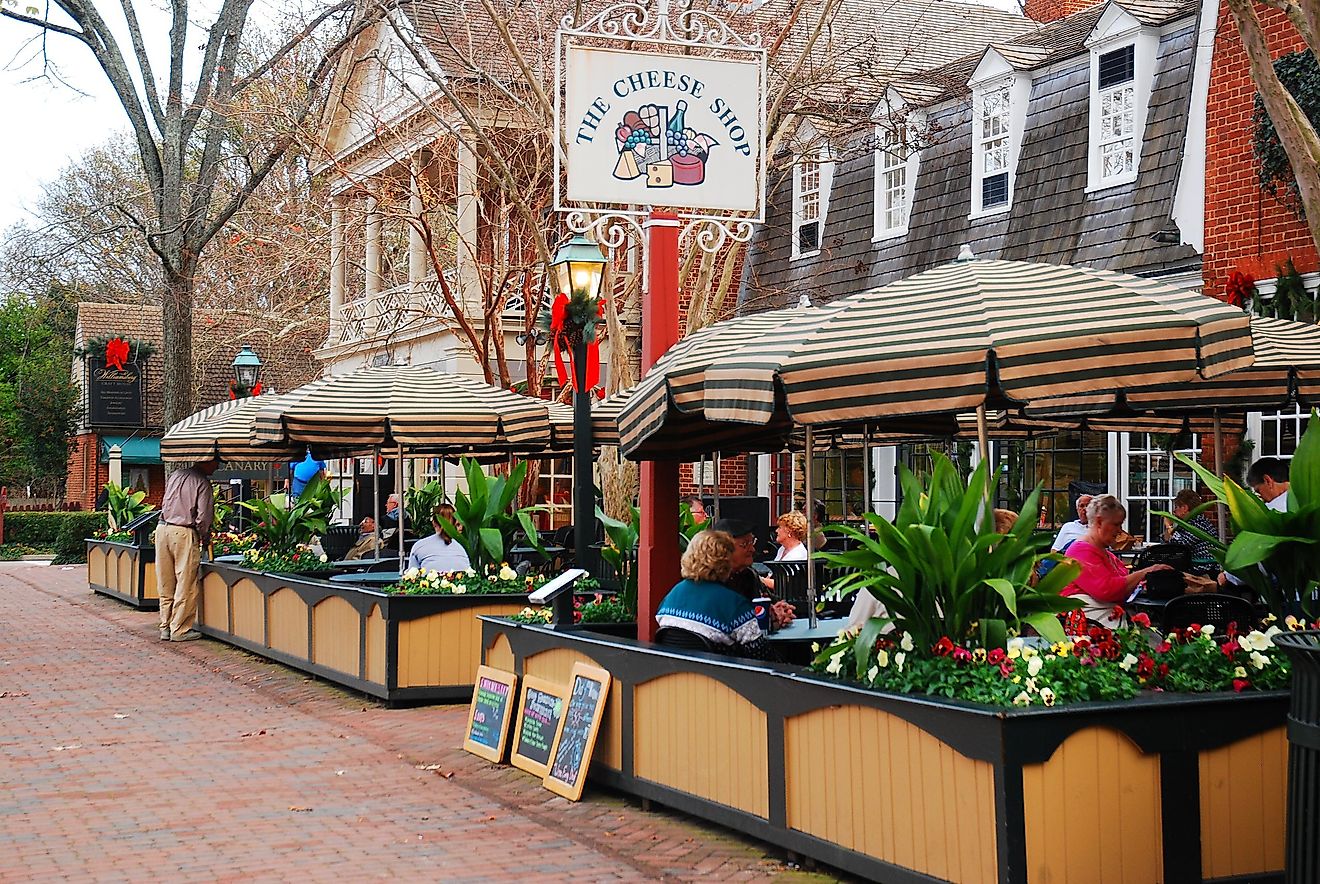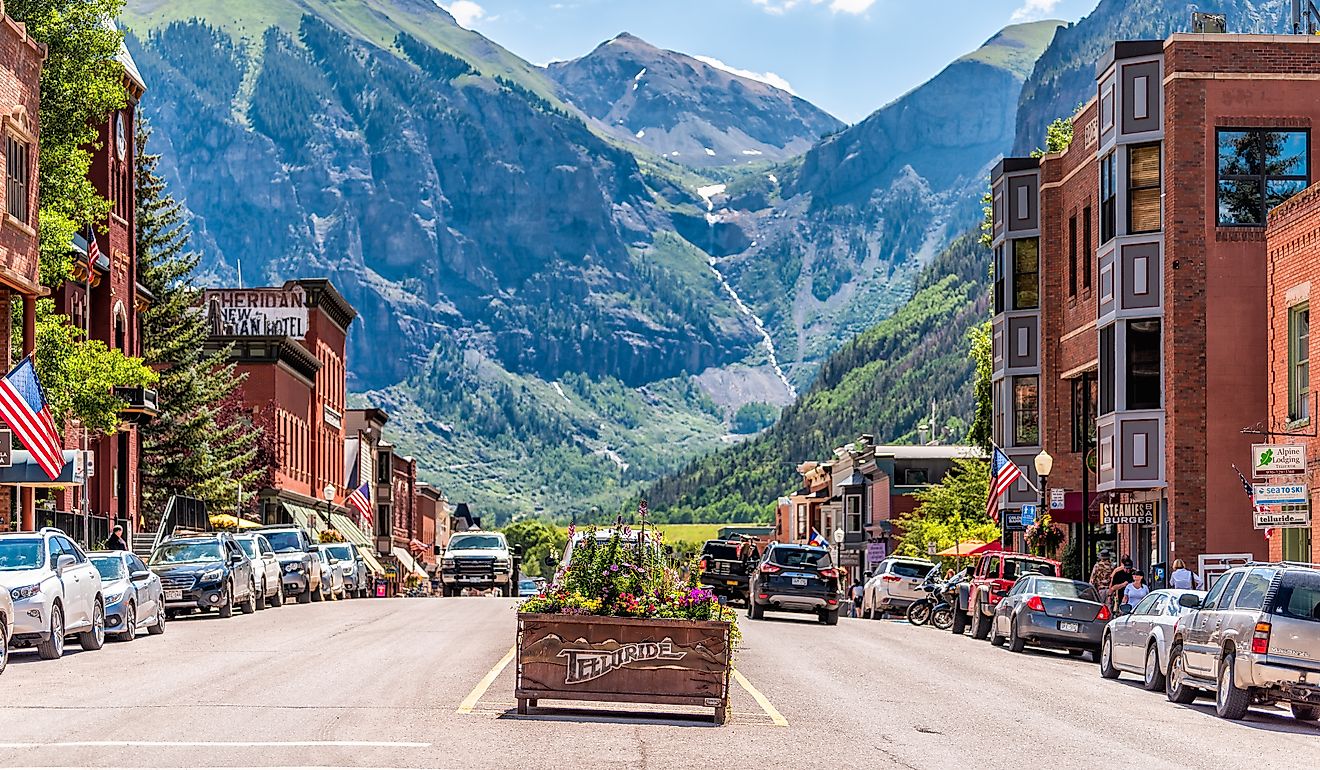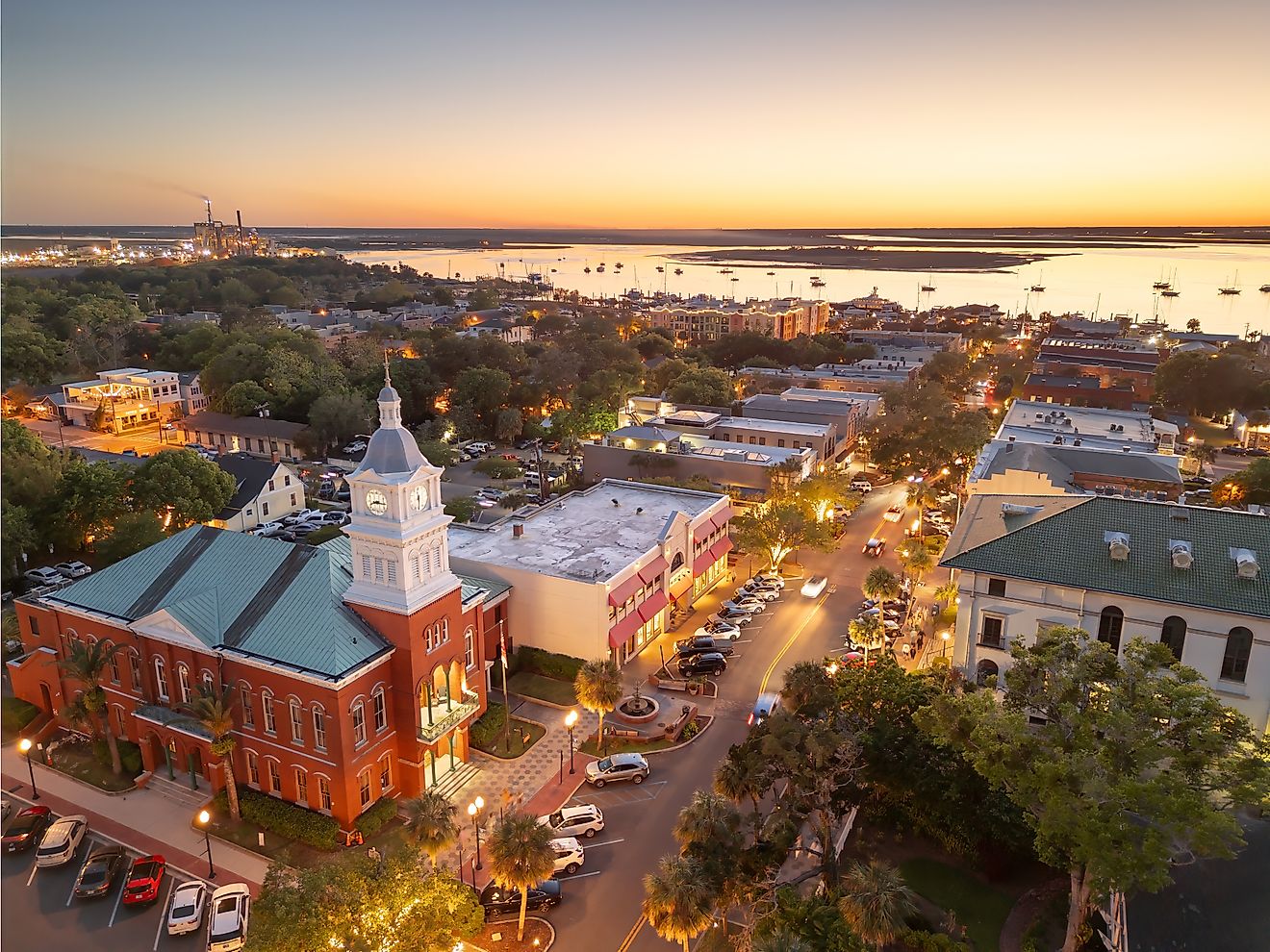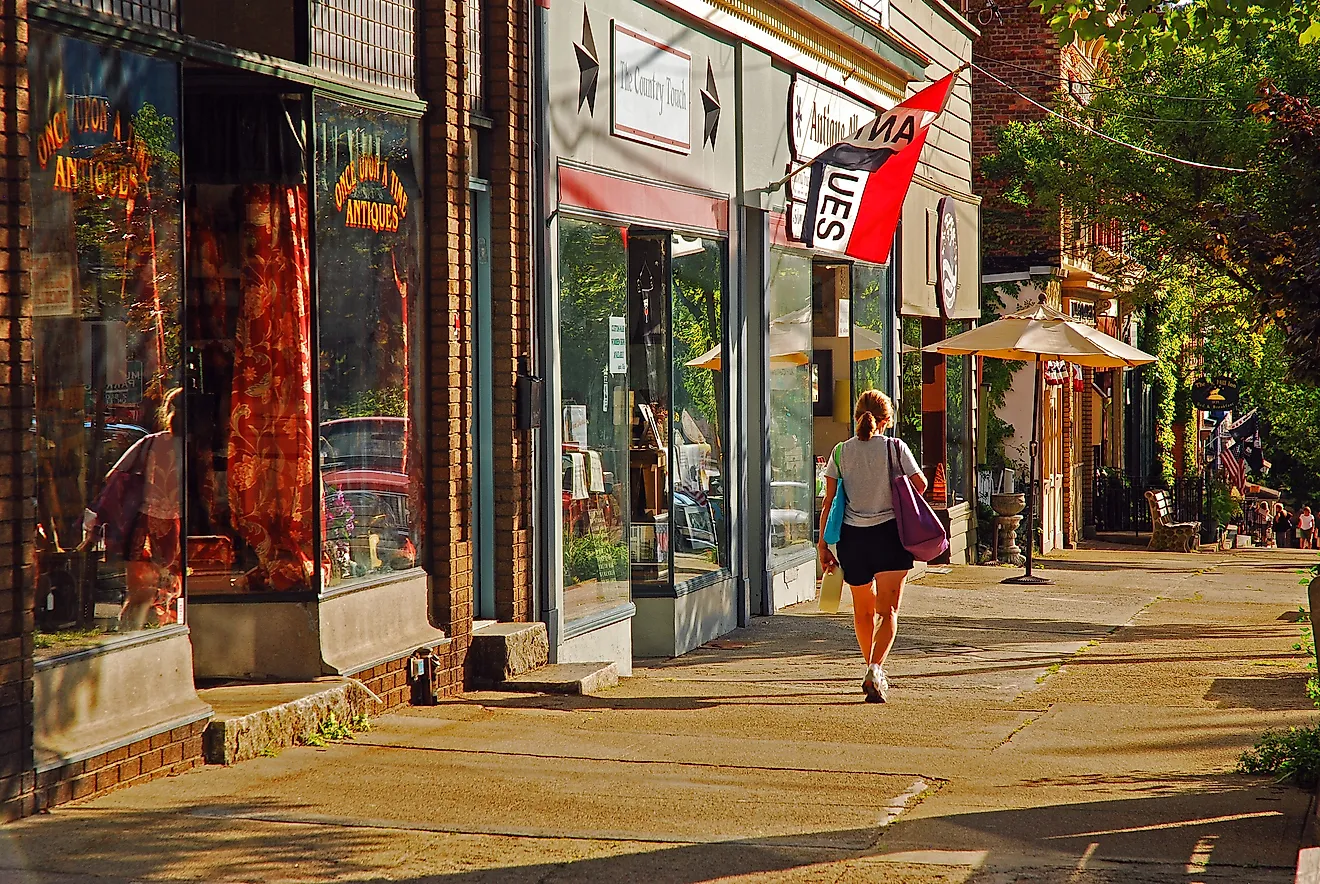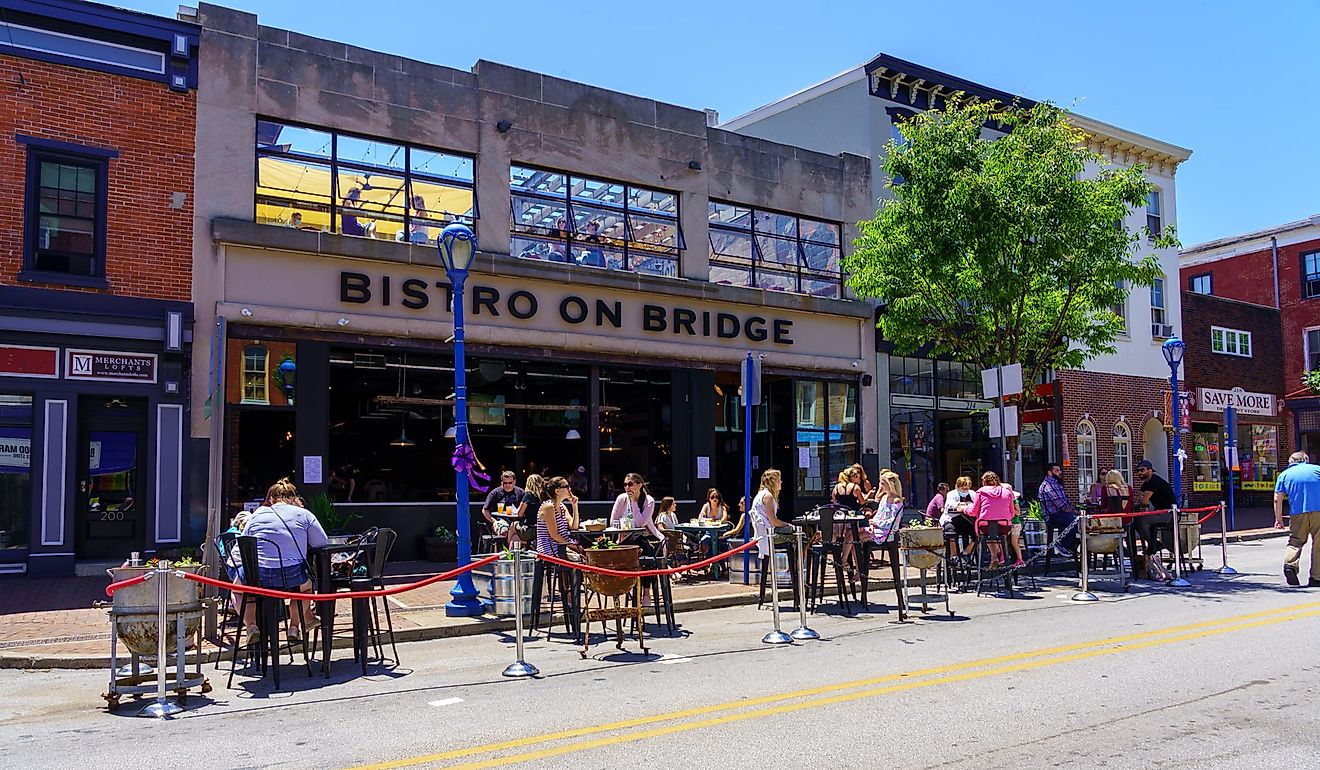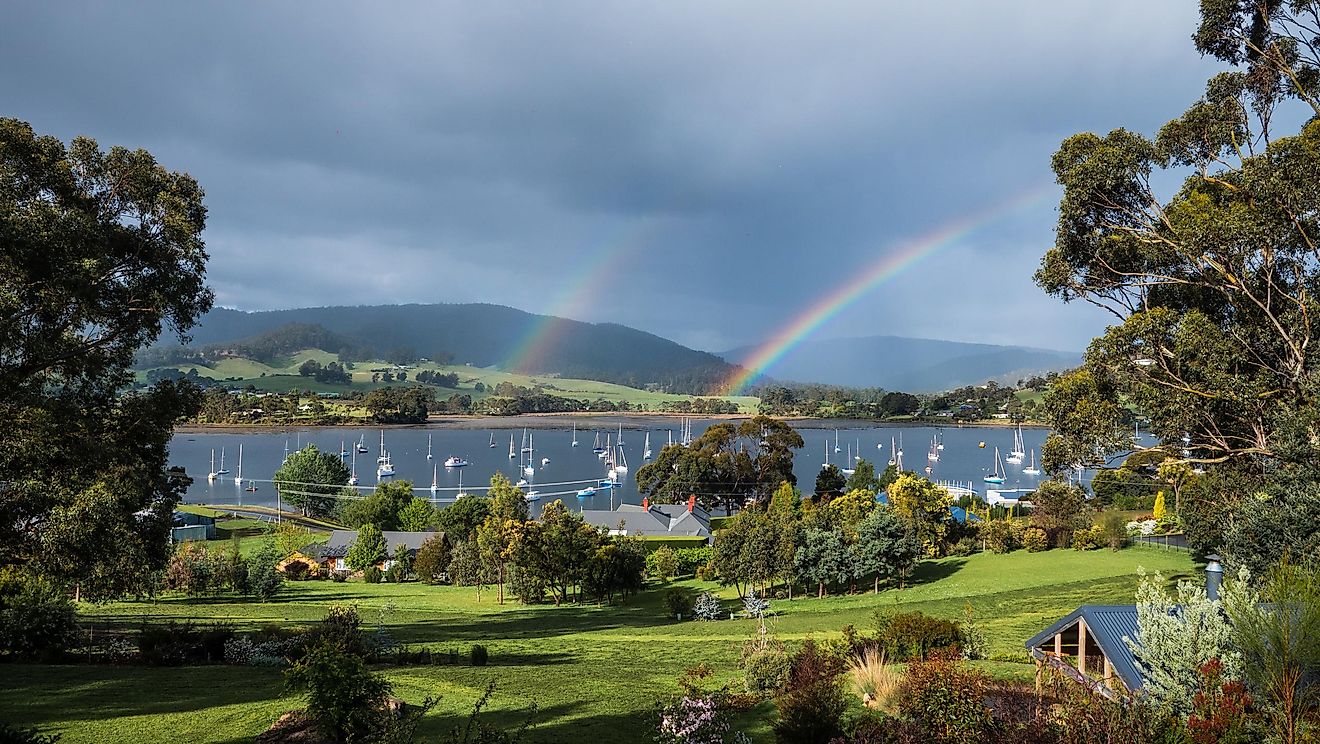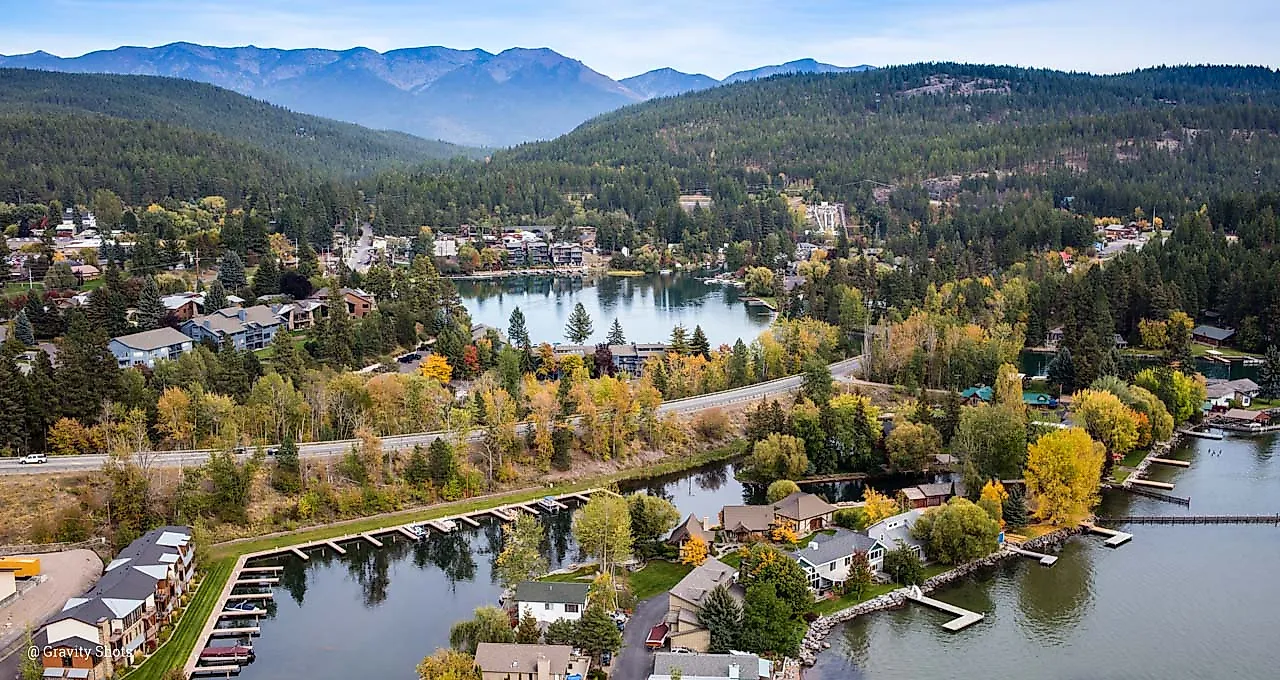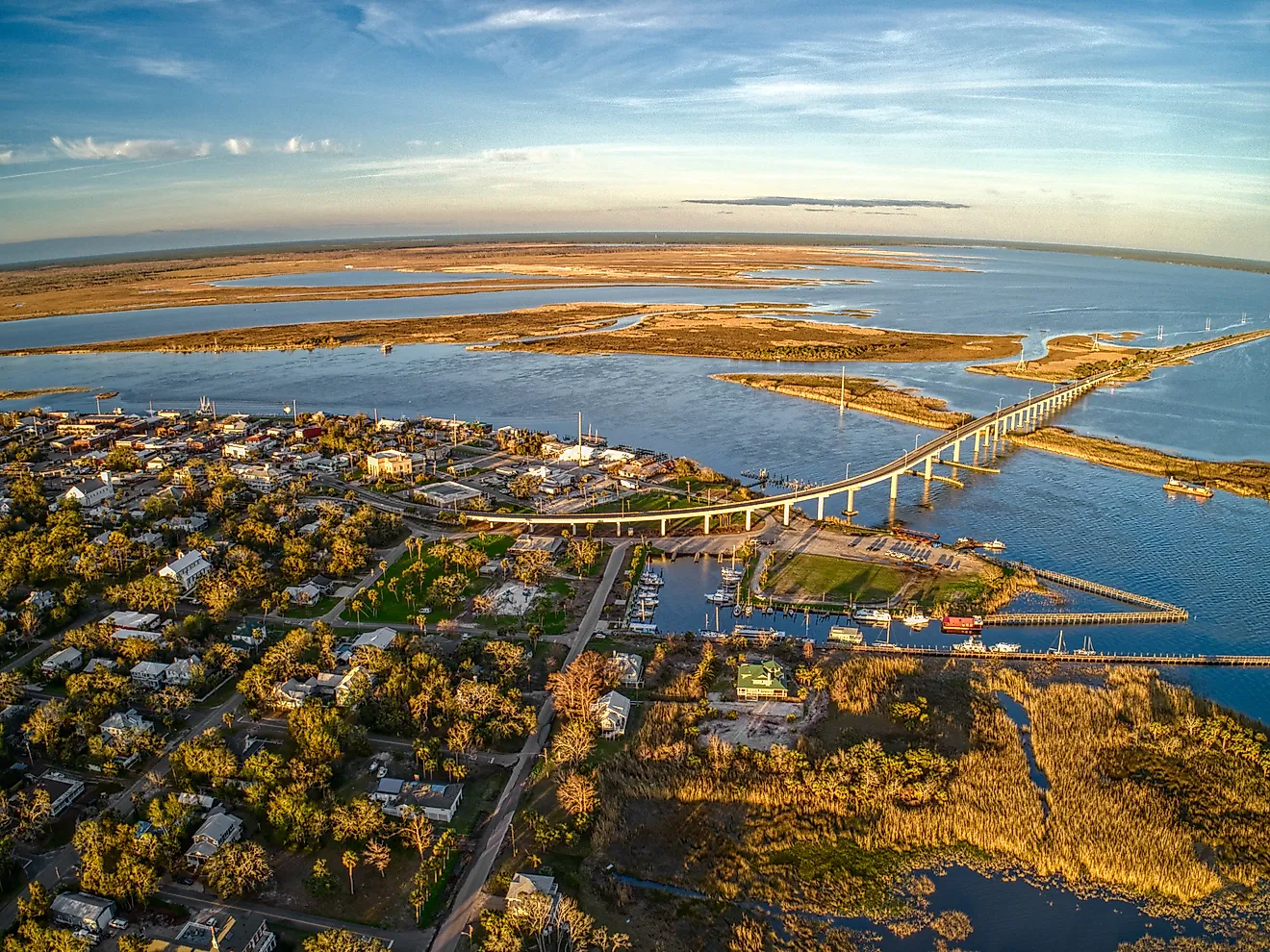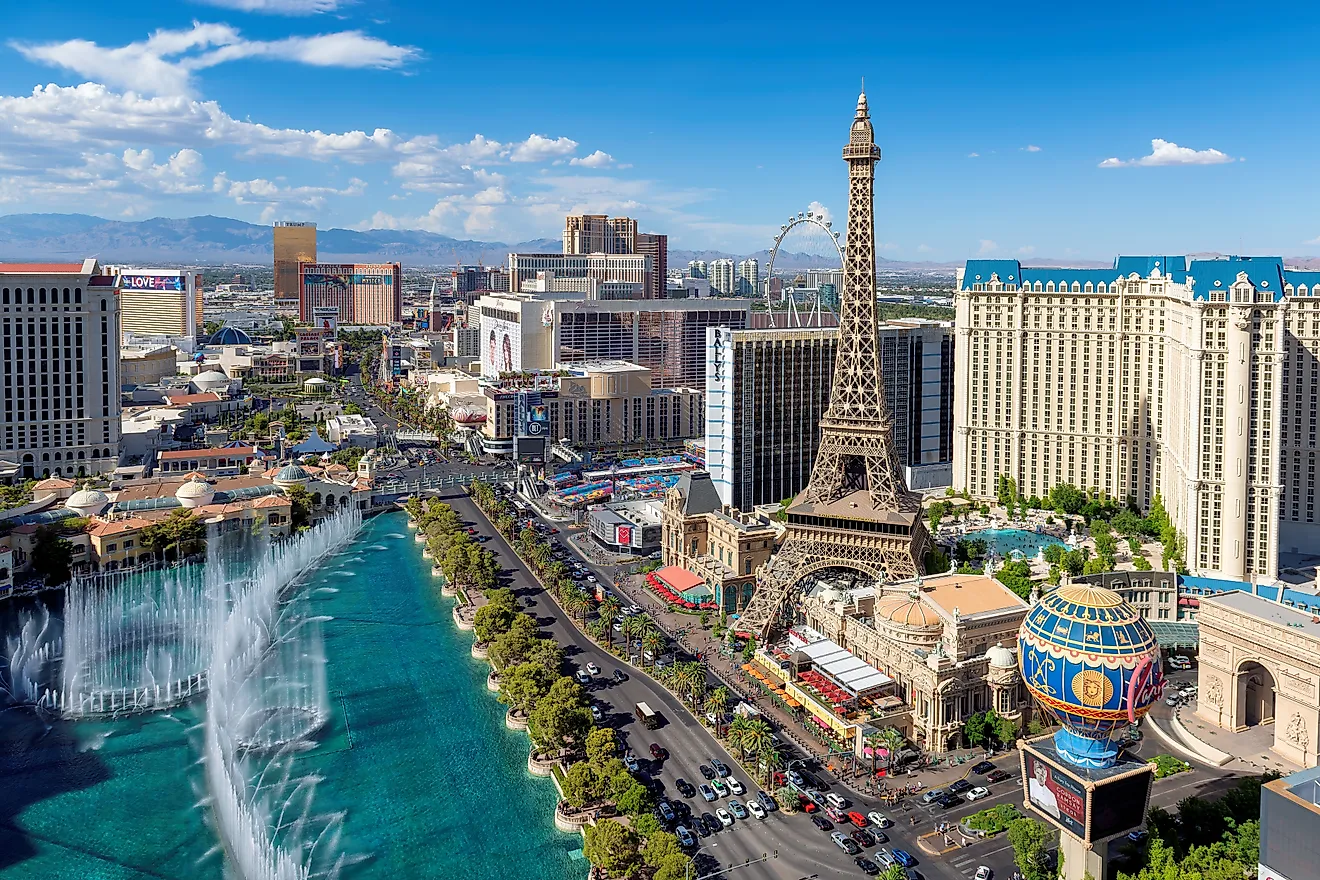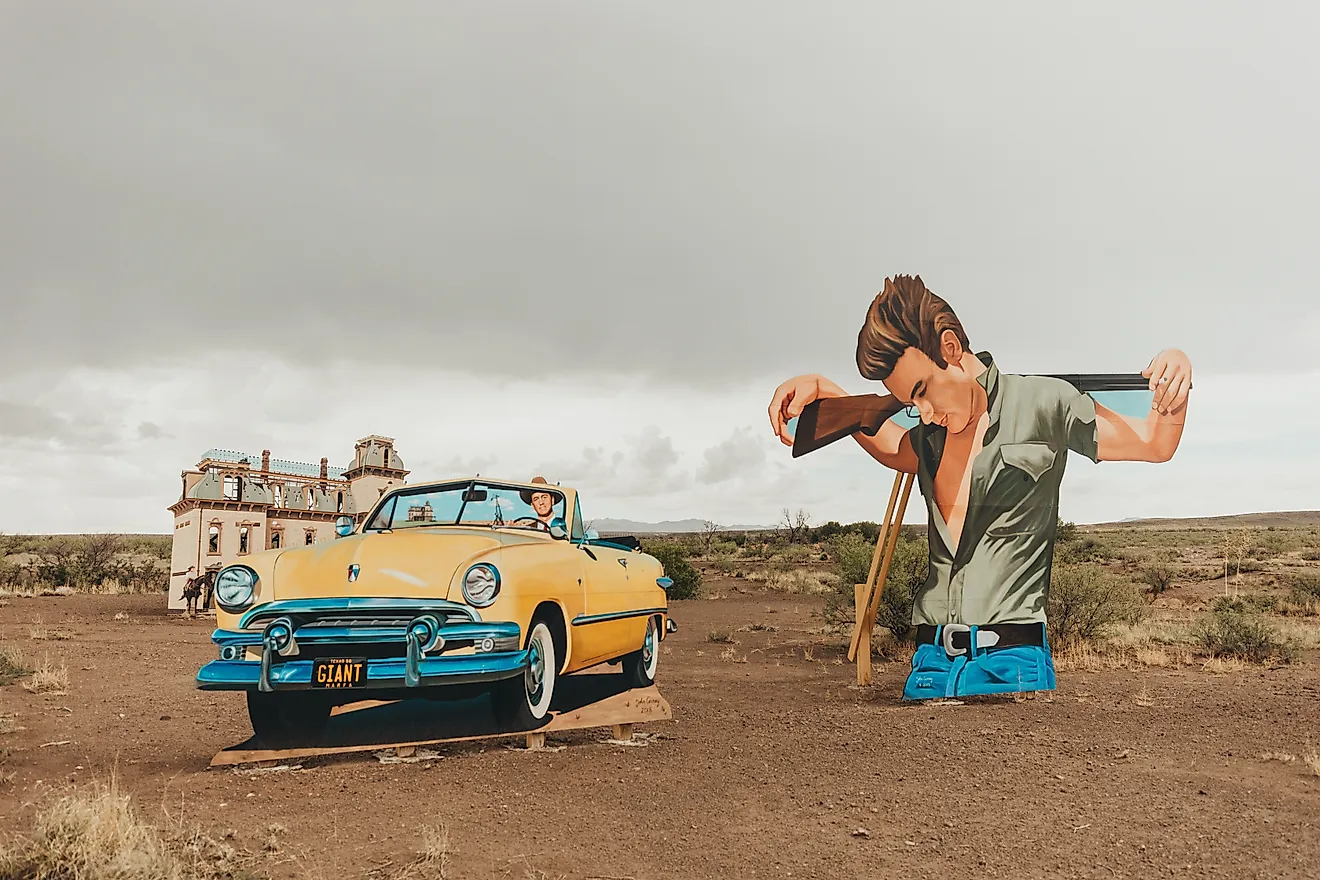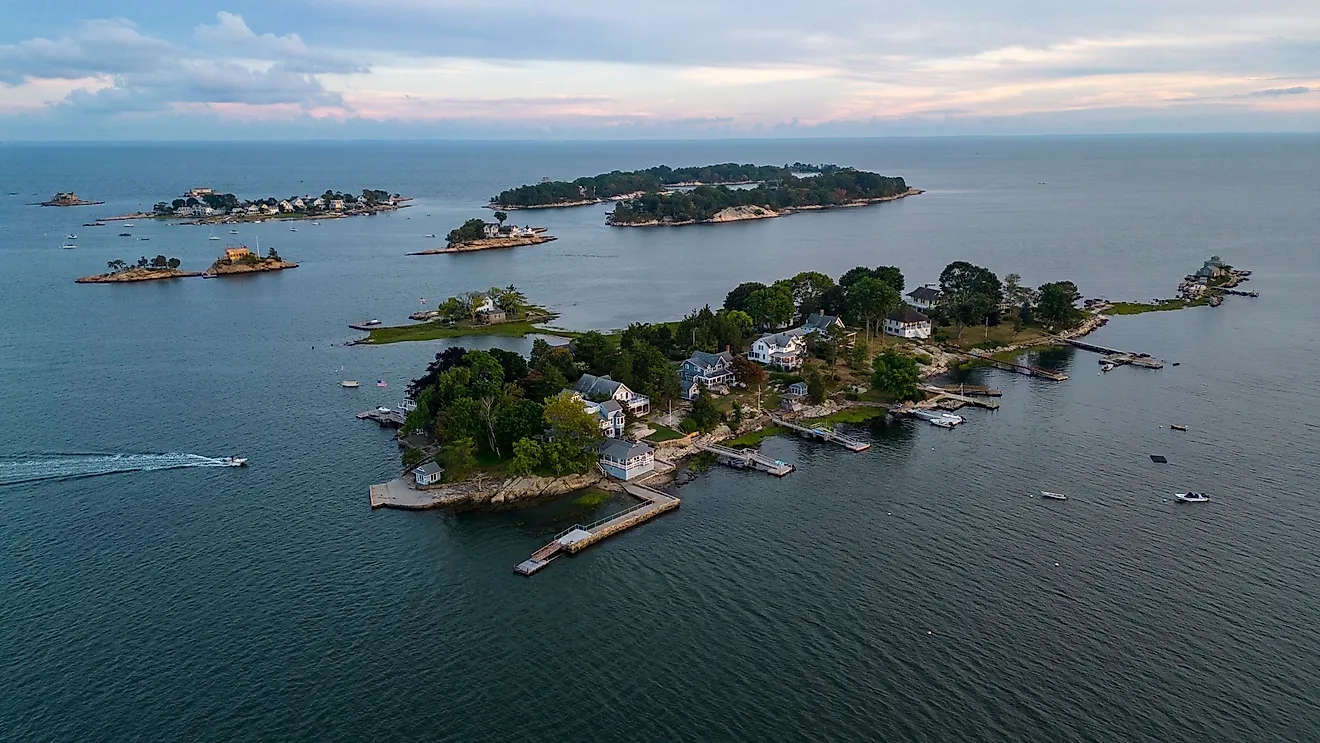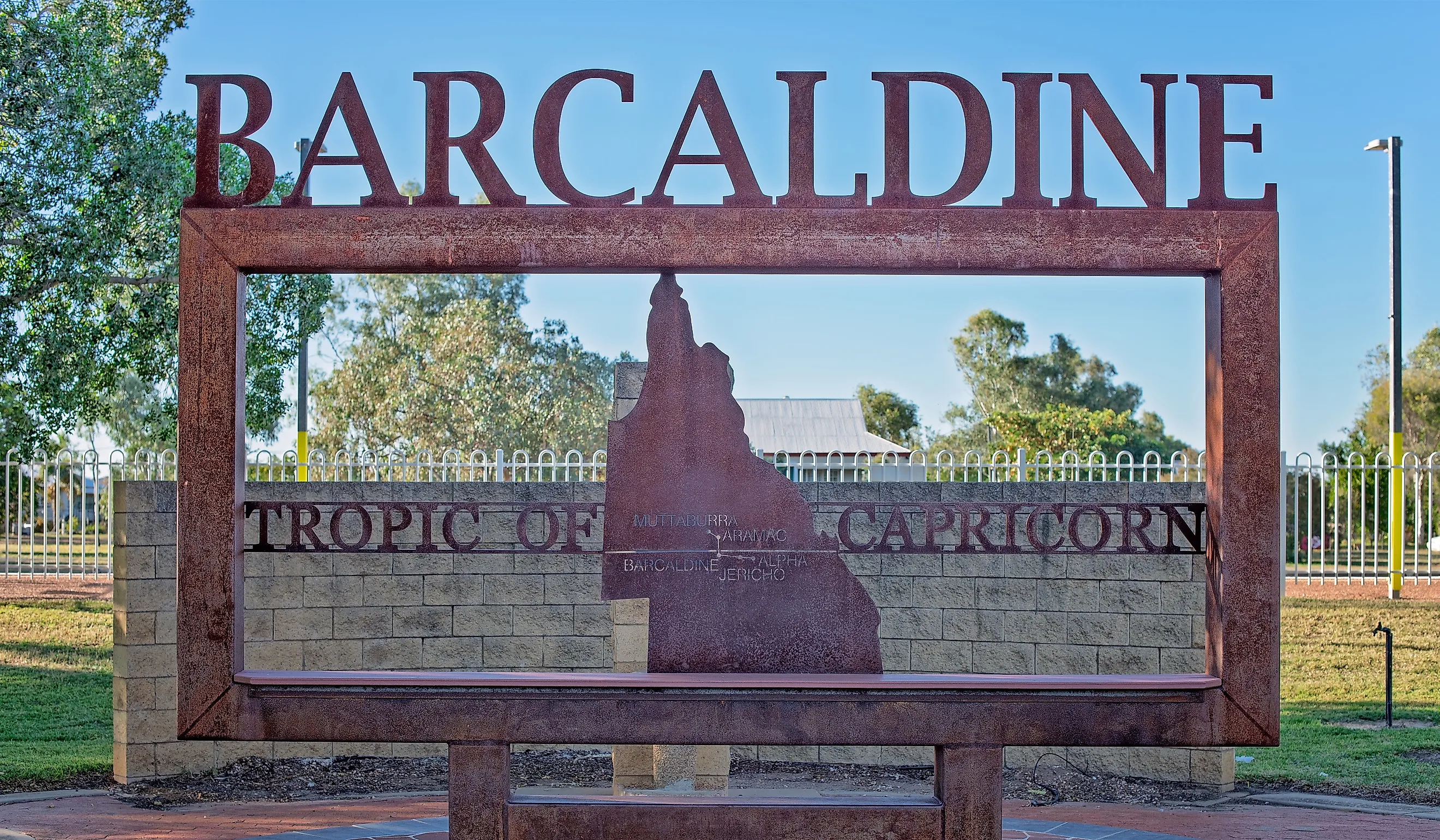
7 Bizarrely Named Towns In Queensland
When it comes to naming towns, there are several historical reasons for the name of the town. In some cases, it's a particular landmark, while others are historical figures discovering the spot, or it's inspired by indigenous origins. Whatever the case may be, plenty of towns from all over the world have some normal-sounding town names like Heber Springs, Dubois, or Toronto.
But that isn't the case in Australia. In particular, Queensland is on an entirely different wavelength than others and have given rude, funny, or bizarrely names to places and refuse to change. As a result, we're left with being forced to address legitimate towns by these bizarre name choices.
Yaraka
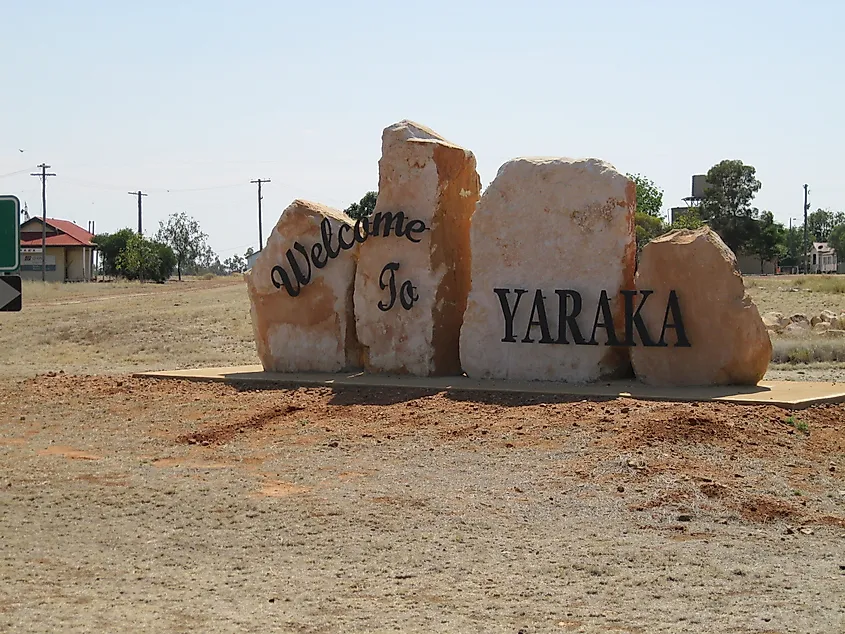
If you ever wanted to sound partially like a pirate then visiting Yaraka (Yarh-a-kah) is the place to be. Named after the indigenous word for white spear grass, Yaraka became an acknowledged name once a rail line and station was created in 1917. Since then, the very small town - which hasn't even broken three digits in population - has been one of the truly hidden gems in Queensland.
The highlight of visiting Yaraka is that it's near Mt Slowcombe, a landscape that you can drive to or take a 13-seat air-conditioned bus to and experience the beauty of the area. For perspective, the view has been compared to the Northern Territory's Kakadu National Park. That aside, there are other driving tours to enjoy, such as The Castle Rock Tour, which takes you to Castle Rock, where you might even find opal, or The History Tour, which takes you to The Powell Creek area.
Barcaldine
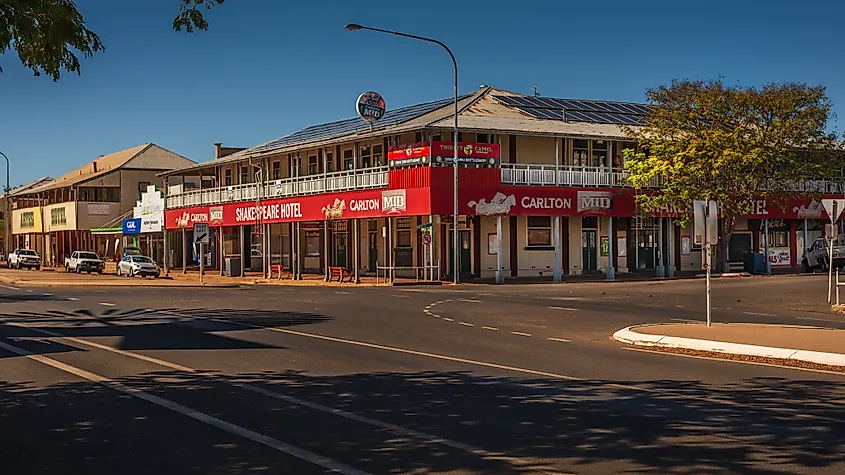
With a silent 'e' at the end, Barcaldine is both an odd choice to name a town but no less significant a place in Australian history. The town got its name from the sheep station that was there, Barcaldine Downs, named after the original owner's property in Scotland.
As odd a choice as that was, the role of Barcaldine really came into its own around 1891 when the Great Shearers Strike took place. This was the earliest and most important industrial dispute that was so impactful, the movement created the Australian Labor Party as we know it.
As you might expect, Barcaldine is a treasure trove of history, accommodations, and shipping facilities. The biggest landmark is the Tree of Knowledge, which hit its prime in 1891, around the same time as the Great Shearers Strike. In 2006, the tree was poisoned, but there is a memorial where it once stood, and it is a beautiful sight to see at night. That aside, the Australian Workers Heritage Centre is a great spot to brush up on the entire working history of the nation. Alternatively, you can visit the old-world Radio Theatre, which offers canvas seats and a working windmill to pump water into the sculpture.
Banana
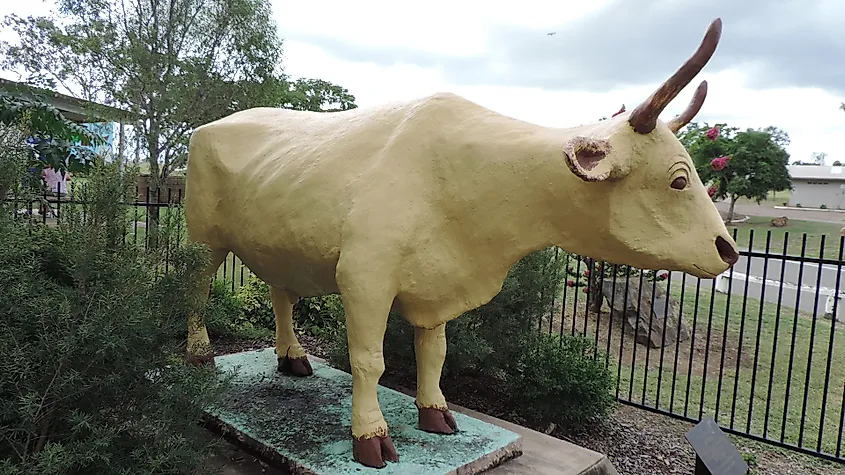
With not a single banana tree in sight, it's hard to figure out why exactly a town is called Banana in the first place. But it all starts to make sense when we go back to the 1860s and look at what was happening there. Back then, there was a bullock that was named Banana which was known for his yellowish, dun-colored coat.
But Banana wasn't just any bullock, he was the favorite one from the local stockmen and Banana played a key role in herding wild cattle into holding yards. Both the yellow statue of a bullock and the town name serve as a tribute to how good Banana was.
Overall though the town of Banana serves as a junction point to explore more of the surrounding area. That said, Banana is closeby several man-made attractions. For starters it's close to the Dawson River which offers freshwater fishing. Beyond that the Kroombit Tops and the Expedition National Park are well established and allow for people looking to get close to nature and enjoy the outdoors.
Biloela
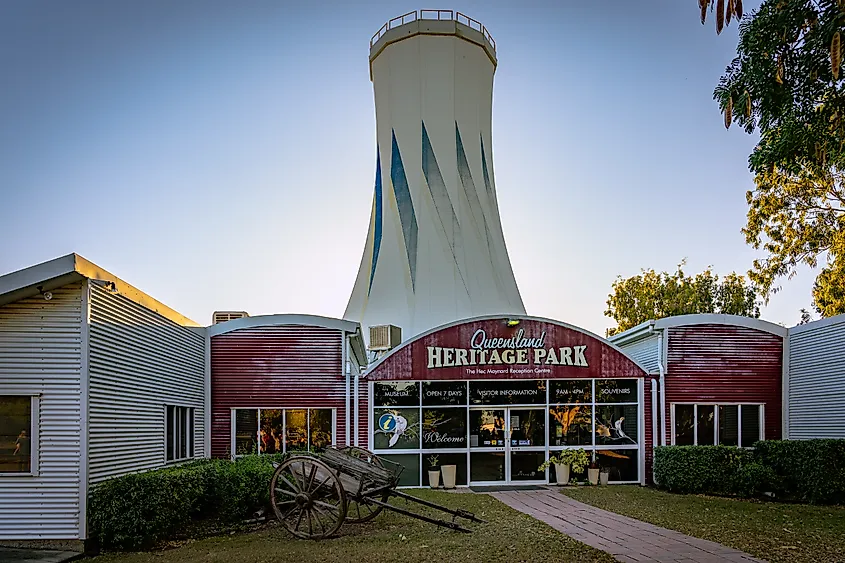
Once you get past Banana, you'll eventually discover the hub of Banana Shire, Biloela (Bill-oh-wheelah). Picked up by the Aboriginal word for white cockatoo, Biloela, or Bilo as the locals call it, is a fisherman's playground with Callide Dam being a prime fishing spot. In addition to some of the aforementioned spots in Banana, Biloela is also home to the Queensland Heritage Park, a Regional Art Gallery, and the Spirit of the Land Mural.
Biloela is much like a compass, there is so much to explore around this area, but no matter where you go, you'll find yourself coming back to this town. It's a nice bonus there is so much to explore and experience within town.
Boulia
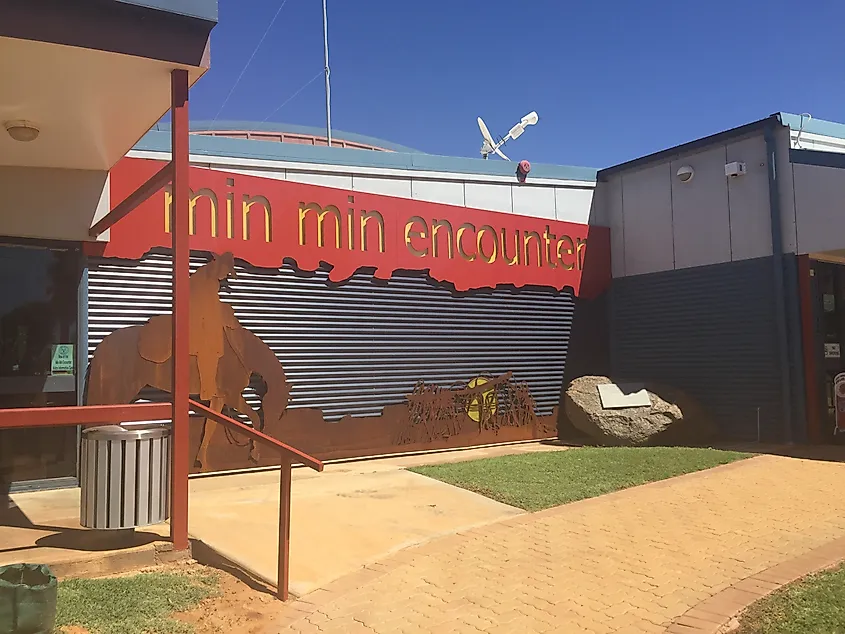
If you ever wondered what life would be like on Mars, visiting the town of Boulia is one gateway to experience it. The ground is red, the surface is flat and the landscape is desolate but beautiful. As for how Boulia's name came to be, it could be a commemoration for a crater that hit Mars that was called that or it's the word that was interpreted from a local indigenous waterhole. You decide.
But unlike Mars, there are plenty of things to do here. Leaning into the alien conspiracy, the Min Min Encounter Complex offers a 45-minute show explaining the otherworldly phenomenon that happened in 1912 when the Min Min Hotel was destroyed by fire. You can also discover the extensive marine fossil display at the Boulia Stonehouse Museum. And if you're around on the third weekend of July, you can witness The Boulia Camel Races, complete with fireworks, bands, magicians, and markets to browse.
Stonehenge
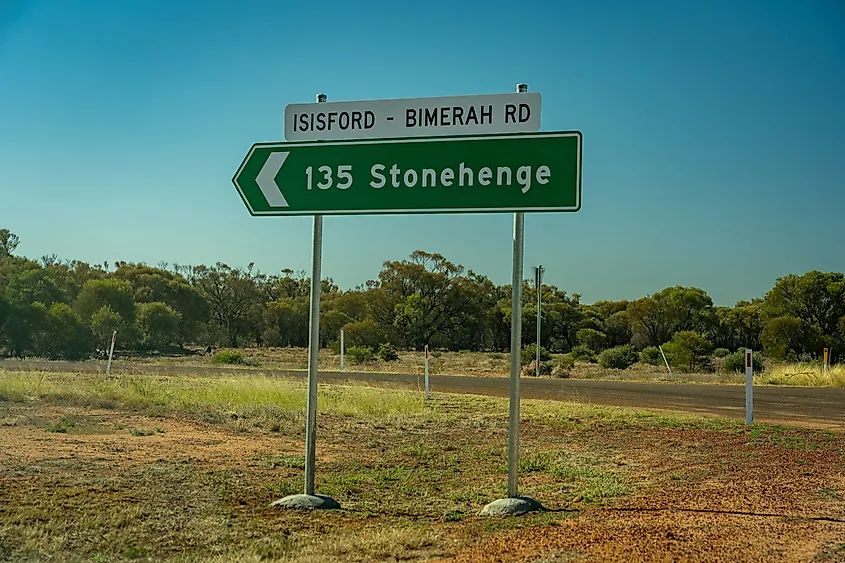
Yes, the same Stonehenge like the one in the United Kingdom. But not quite. Rather this town got its name from the stone huts that were used by bullock teams during the droving days. Even as odd of origin story as it is, Stonehenge leans into the stone asthetic with visitors "signing their name in stone" by the side of the road.
Beyond the rock signing, visitors are treated to various trails with scenic views. You can stop by and talk with the residents while enjoying the quietness and tranquility of the place, or you can go up through the John Egan Pioneer Track to view fantastic landscapes. Of note, the XXXX Hill offers a scenic vantage point, letting you look at the surrounding Johnstone Ranges and the Thomson River flood plains. If you need to rest up or take a break for lunch, the Stonehenge Hotel is a place to cool off. You can also visit the Swanvale Lookout, which offers picnic tables and fireplaces to take in the sights.
Eromanga
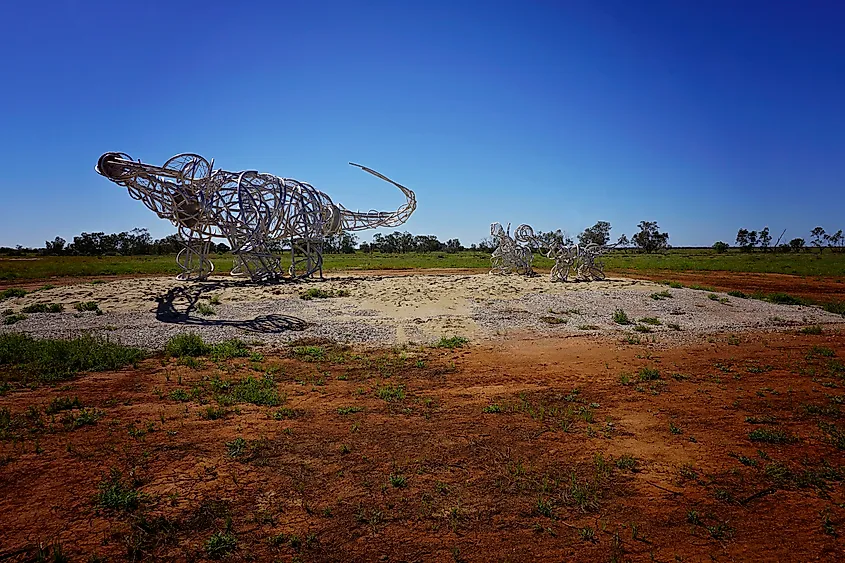
The furthest town from the sea, the town of Eromanga (Ero-Mang-Ah) was once, ironically, a seaside town back in prehistoric times. Deriving its name from the indigenous word meaning "hot gale plain" or "windy plain," the main draw to this area is the dinosaur bones that were dug up around the area.
A trip to the Eromanga Natural History Museum will be all the proof you need that this town was once a spot where dinosaurs grazed. You could even check out some of its excavation sites if you're keen on it.
That aside, the Living History Centre can give you more history on opal mining as well as what the early settlers were like. The town also has a very active community with community barbecues on Saturday nights and annual events like Easter Eromanga Rodeo, among others.
At the end of the day, for all of the unusual name choices that Queensland has, a lot of these towns offer charm and experiences that rival any other typical town. From the gorgeous views of Yaraka's Mt Slowcombe to the Mars-like landscape of Boulia, Queensland has a wide and wild diversity of experiences for you, with the added bonus of casually saying a funny town name when you tell people your experience.
